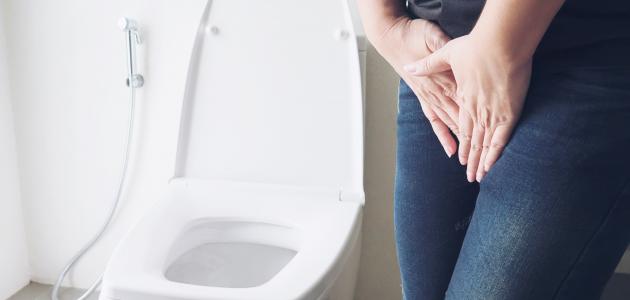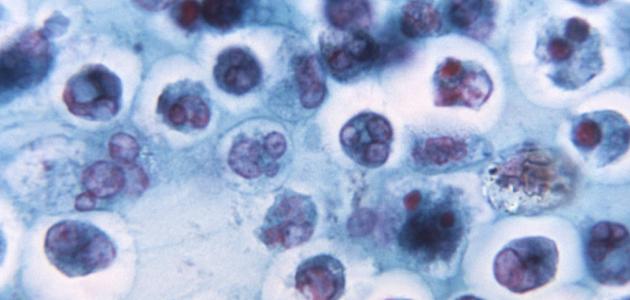Many of us have heard of fistula disease and hemorrhoid disease, and it is possible that many of us think that the two terms are the same thing, but there is a big difference between them. The hemorrhoid is only in the anus, while the fistula may occur anywhere in the body. The anal region of what is called the muscular fibrous cushion, let's get to know the fistula in this article, what is it? And where is it found? What are its types and what are the methods of treatment?
A fistula is a deep, sometimes crooked (abnormal) channel that grows abnormally inside the body, and it may start from inside the body, making its way outside the body through an opening in the skin, or it may form an abnormal connection between two internal organs, as it may reach a deep organ such as the stomach With the outer wall, and sometimes the fistula withdraws pus from a deep abscess, or it may connect two hollow organs such as the bladder and the rectum, and among the widespread types of fistulas: anal fistula, which is the most important and widespread, vesic fistula and pneumatic fistula, and anal fistula is a chronic abnormal connection It is often covered by granulation tissue, and this channel goes from the rectal anal cavity to an external opening in the skin of the buttock or perineum, and in rare cases to the vagina in women. As for the vesical fistula, it is a channel between the bladder and neighboring organs such as the small intestine, large intestine, vagina, or urethra. (urethra), as for the pneumatic fistula, it may connect between the trachea and the esophagus, or between the larynx and the esophagus.
Read also:Seasonal influenza vaccination









